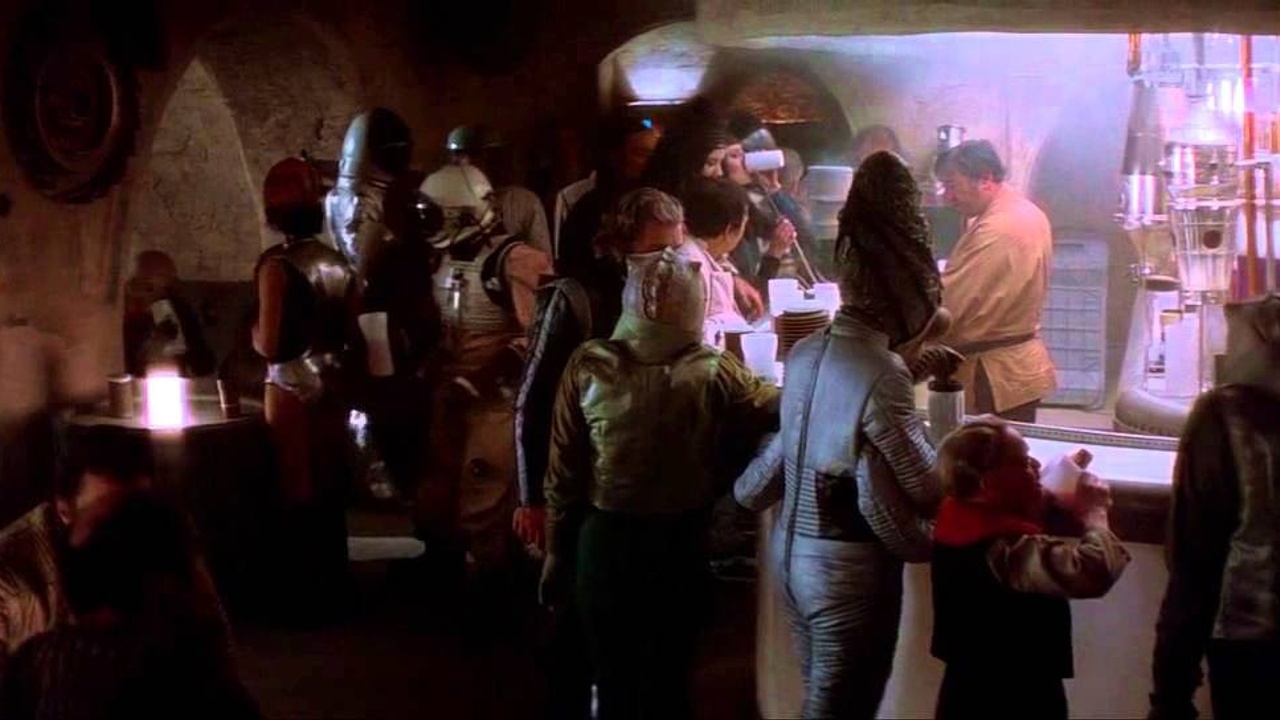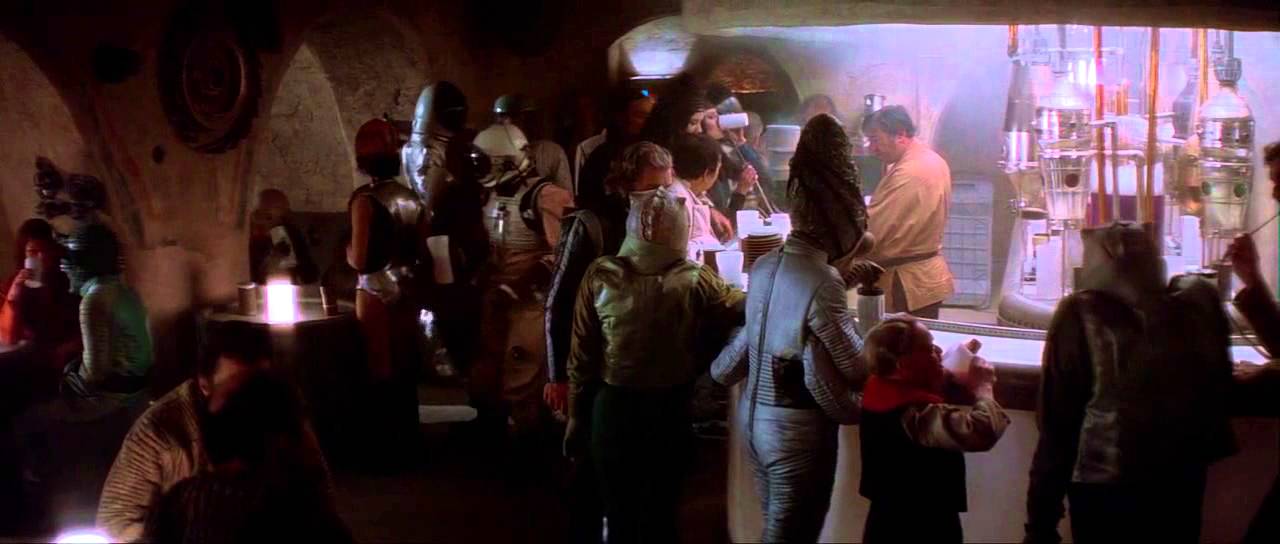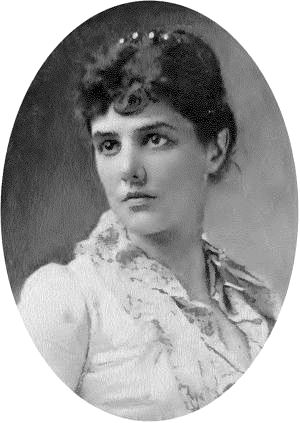Networking for Consulting Clients
Oct 14, 2021
Networking is still critical to your consulting business's success, whether online or in the real world. These tips will make your networking more productive and engaging than ever.
As a recovering member of Introverts International, I will testify and affirm that having a networking and follow-up plan increases your ability to get prospects and clients by a factor of 10 or more.
If you haven’t prepared for networking and you don’t have a follow-up plan you might as well not show up.
The following is a checklist of tips I’ve developed over 30+ years of consulting and attending hundreds of local networking dinners, industry conferences, and casual meet-and-greets. (That's a lot of rubber chicken, hors d'oeuvres, and tonic water.)
Pre-Event Networking Event
Business Cards
Even in the Internet age, you need a well-constructed business card.
Your card must include your mission statement, slogan, or a line with your hero's journey. That line helps people remember you and what you can do for them.
Get details on creating your business card and email signature in the Promoting Your Consulting Services section of the Ultimate Guide to Starting and Building a Thriving Consulting Business.
LinkedIn Profile
More than 70% of businesspeople look up new contacts on LinkedIn before contacting them. As a consultant your LinkedIn profile should not just be professional, it must be focused on how you help clients. Don’t make it look like a resume.
Learn more about creating a professional, client-oriented LinkedIn profile in the Promoting Your Consulting Services section of the Ultimate Guide to Starting and Building a Thriving Consulting Business.
Selecting Events and Meetings for Network
Go to industry association events and meetings attended by potential clients. You can find industry associations and their local groups by looking through the list of industry associations. A web search will find exactly what you’re looking for nationally and locally if you search with a query like,
food manufacturing and trade associations near me
Don’t just meet with consultants, coaches, and independent professionals. That is fun, and you can learn new skills, but you won’t get new leads.
There are a few things you must do when you are new to a trade association meeting.
First, use the association website or LinkedIn to learn who the board members are and introduce yourself when you arrive. Don’t hang on them, just say Hi and that you are new. 10 to 1 they will introduce you to someone you want to talk with.
Second, when you schedule a meeting or event on your calendar, schedule time the following day for follow-ups. There is little point in going unless you follow up with interesting people.
Third, check the group’s website and LinkedIn group. Look for members you know or would like to know. Send them a connection request via LinkedIn to let them know you will be at the event and would like to say a quick “Hi”?
Once you form connections in the group, look for members from your local area and see if some would like to carpool. It makes for great conversation and the world needs less pollution.
Prepare for the Event
Prepare for the Speaker and Topic
Check the speaker’s topic and LinkedIn profile to see if you have something in common.
Is there an insightful and expansive question you can ask the speaker? (Ask questions that might expand the topic. Never try to upstage the speaker. Even if you are right on a factual issue, you lose because they are the hero of the evening.)
Get Your Networking Mindset On
Maryam Kouchaki at Kellogg School wrote in a 2014 paper that networking makes some people feel morally impure - yucky.
She and her co-authors found the impact on workplace performance was real. Lawyers who did not network had fewer billable hours.
“Think about networking as an opportunity rather than a burden. That’s the biggest hurdle you need to overcome.”
- Maryam Kouchaki, Kellogg Insight, July 30, 2021
If you feel uncomfortable about networking to meet new prospects or colleagues, reframe your mindset with an outlook taught to me by a senior consultant.
He told me that being a consultant is like being a doctor. Some of the people you meet seriously need your help. As a consultant you have an ethical imperative to help people who are in pain or who need to reach their goal.
If you’re feeling low energy prior to the event, open Spotify and play your favorite high-energy music for 20 minutes prior to the meeting. I’ve read that Tony Robbins even bounces on a mini trampoline prior to his high-energy bounding onto the stage.
(Yes, that might have been me in the parking lot you saw dancing to everything from Queen to EDM. And I really have listened to EDM at deafening levels prior to speaking at conferences. Sports physiology research has shown that weightlifters increase their workout loads by 10% to 20% when listening to loud upbeat music. It works.)
Pre-Networking at the Event
There can be as much or more networking before a meeting’s start than during a formal “networking break.”
Get to the event at least 30 minutes early so you can meet the organizers and people of interest before the crunch.
Stay near a door so you can watch for friends, acquaintances, or people you found on LinkedIn you want to meet. Do not pounce on people like a famished bobcat. (I saw one walk through our backyard this morning at dawn. We live on the edge of a creek and forest.)
At The Networking Event
Introductions
One way many people destroy their networking is with an introduction that is either or all of boring, bland, and long. “I’m a financial consultant” doesn’t work. Two-hour elevator pitches do not work either.
When someone asks, “What do you do?” be ready with a short intriguing “Hero’s Journey” story for them that involves them and sets up a conversation on their side. You will want to read about what to do when someone asks, "So, what do you do?" next time you are networking at the Mos Eisley Cantina.
Networking at Online Events and Webinars
Don't let online events slow your networking. You can still reach out and engage interesting people and potential prospects.
Watch for people's names in the chat sidebars and breakout rooms. When you have a common area of interest or questions it isn't difficult to ask if it's Ok to send someone relevant information after the meeting.
In breakout rooms there is time to engage someone and see if they would like to connect on LinkedIn, the safest connection place. If it is a webinar or chat there is a good chance you can find someone on LinkedIn given their industry, probable job position, and name. Then send them a simple connection request like,
"Are you the Helen that was in the HR Webinar this morning? I have some additional info on the trends John was talking about if you are interested."
Never sell in these exchanges! Exchange ideas about the online event. Send high-value information. Create a value exchange and nurture the relationship. When they need your services you should be top of mind.
Create Engaging Conversations
The Air Force captain who gave me a paperback copy of the book “How to Win Friends and Influence People” by Dale Carnegie changed my life. I was a first-year cadet at the Air Force Academy and the captain who was our squadron’s “adult mentor” pulled me aside and said, “Read this book. It will change your life.” (It DID!) If you have trouble connecting and engaging with people, read this timeless classic.
The book, "The Charisma Myth” by Olivia Fox Cabane, tells a story that exemplifies engaging conversation. The author tells the story of when Winston Churchill’s mother, Jenny Jerome, had dinner with Benjamin Disraeli and William Gladstone. Both were brilliant men, and both wanted to be the United Kingdom’s Prime Minster.



When asked by a journalist for her impression of the two men, Jennie Jerome said,
"When I left the dining room after sitting next to Gladstone, I thought he was the cleverest man in England. But when I sat next to Disraeli, I left feeling that I was the cleverest woman."
Benjamin Disraeli won the election.
Also, if you want to be accepted in adult society, put away your cell phone. Pew Research Center found that 82% of adults find using a cell phone in a social gathering offensive. If you must use it, move to a corner or away from groups.
Remember Names and Conversations
Write the names of people and notes on a 3” X 5” notecard (US) or in your cell phone (in a corner). I used to write notes in the car immediately after meetings.
Later, check for potential prospects and interesting contacts on LinkedIn.
Review names the next day, 3 days later, and then a week or two later. This repeated review at increasingly longer times flattens the infamous Ebbinghaus Forget Curve so you can remember people you’ve just met.
Post-Event
Follow Up
Your follow-up creates real value in your networking. Follow-up is what strengthens the network links from the meeting.
If you went to an event and only did the “meet and greet,” you wasted time. You missed the stronger connection with new friends, potential partners, and possible prospects.
After the event, you must follow up with people and engage them in a value exchange.
ReConnect
Connect with people the next day by email or LinkedIn. This is how you begin building the real value in networking.
If you are more extroverted and have found a common interest with someone, call them.
If you discussed a professional topic or something of common interest and you have a white paper, case study, or PDF with insights, send it to them.
If you think they might be a potential prospect, let them know you are NOT SELLING, but you’d like to send them occasional papers or newsletters that will help them.
I hope these tips help at your next networking event. And, if you see me across the room or in the chat bar, let’s talk.
Learn More in the eBook on this Topic:
Getting Consulting Clients Quickly
Learn More in Blogs on this Topic:
Best Questions to Ask Consulting Clients in a Discovery Session